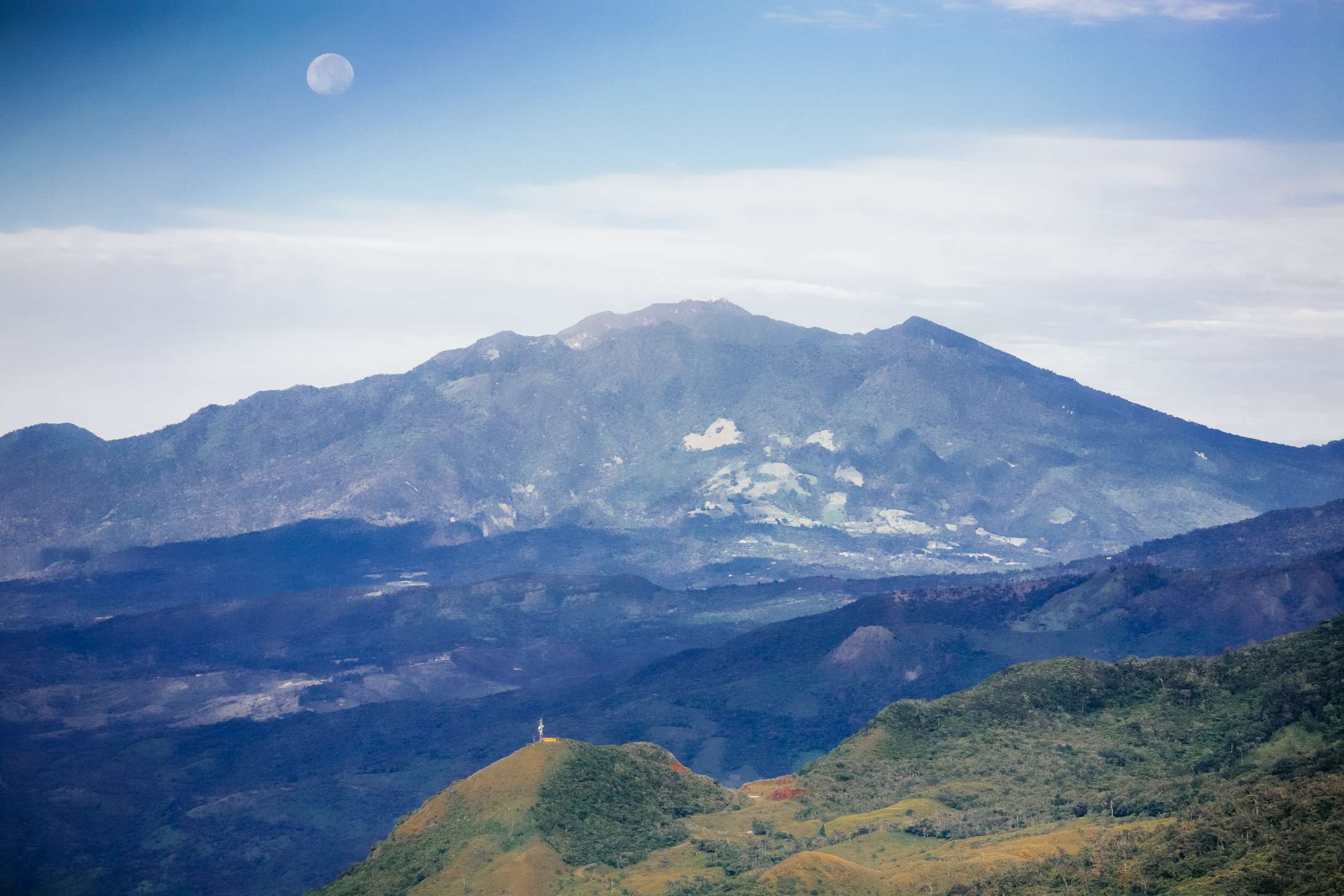Called the roof of Panama, from its privileged 3,474 meters high, it tirelessly observes the Caribbean Sea and the South Sea. Located in the Talamanca Mountain Range, in the western province of Chiriqui, Baru is the highest peak in Panama and the third highest active volcano in Central America, surpassed only by Fuego in Antigua with 3,765.53 meters, and the Santa Maria, 3,772 meters, both in Guatemala.
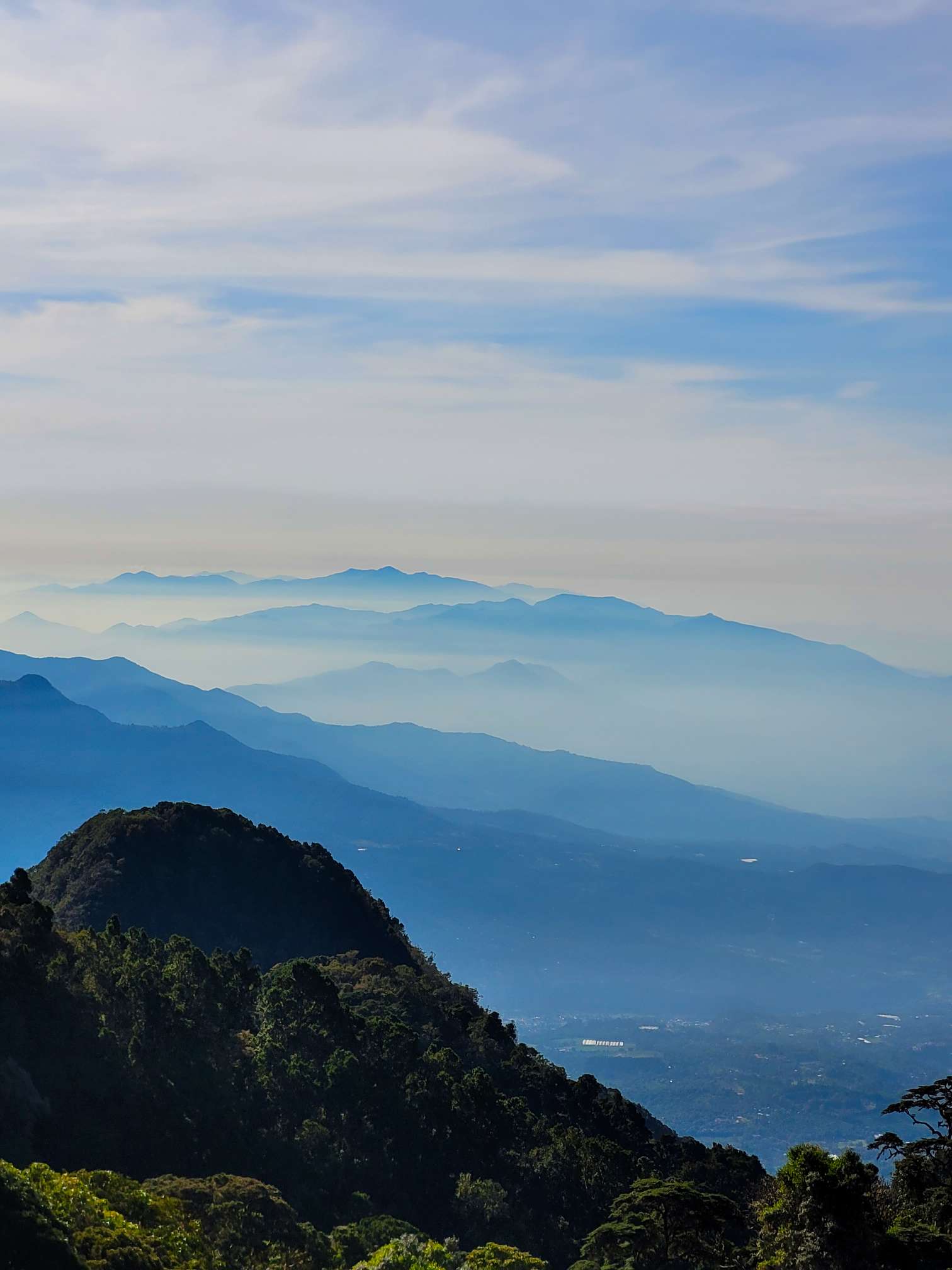
500,000 Years of Geological History
The Baru Volcano is the reference point in the formation of the Isthmus of Panama. It originated 500,000 years ago thanks to a series of volcanic activities and is still active today, according to the Institute of Geosciences of Panama.
From the top you can see that it is shaped like a horseshoe, it is one of the natural wonders that Panama has.
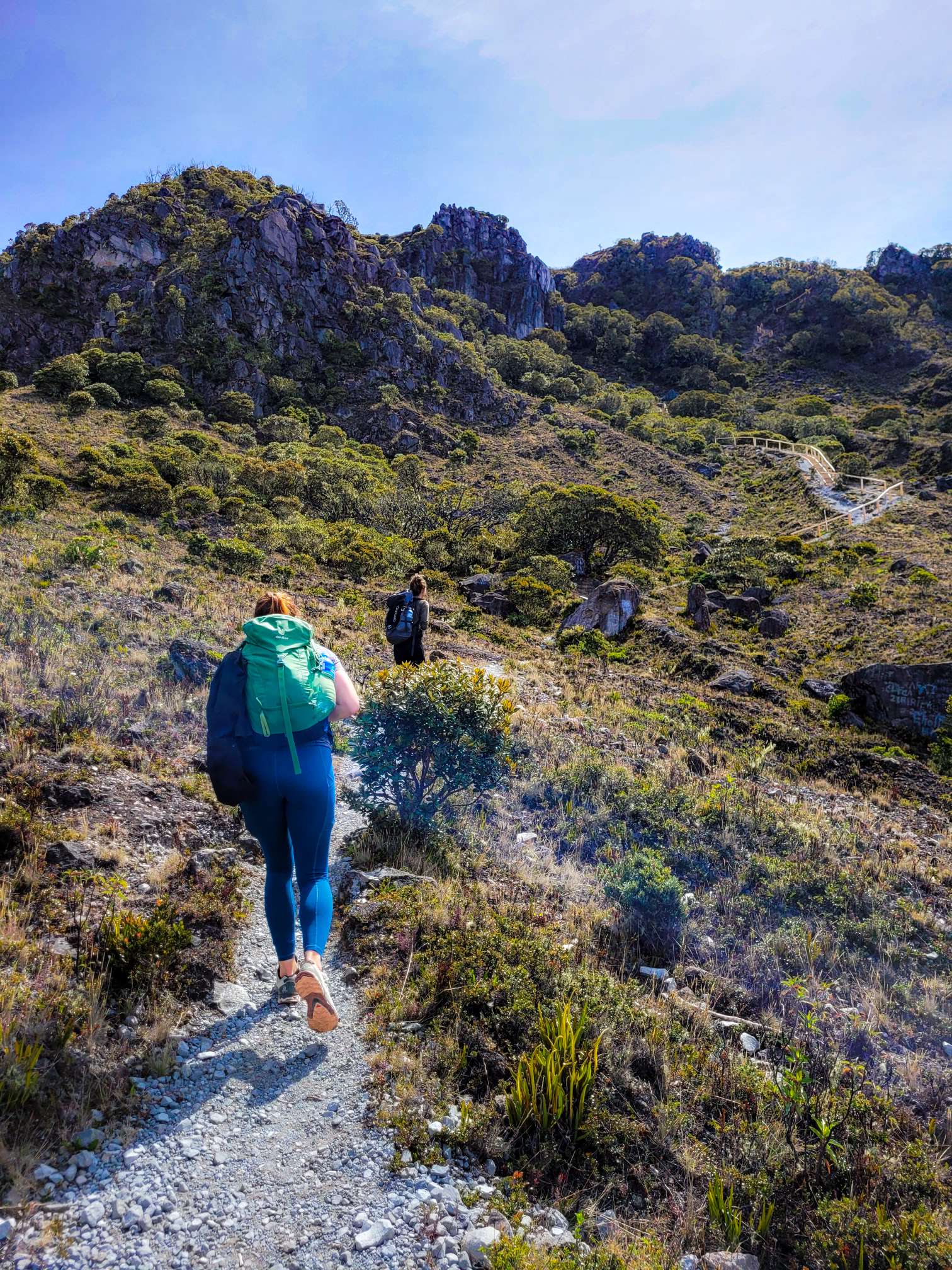
Eruption was Documented by the Spanish
The Baru is a scientifically active volcano, almost 500 years have passed since its last eruption (1550), a natural event that was documented by Spanish navigators traveling through the Panamanian Pacific. For this reason, for a volcano to be considered inactive, it must have been inactive for more than 10,000 years.
In the last 1,800 years, Baru has suffered about five eruptions, which have occurred approximately every 400 to 500 years, but the oldest data reported by the Smithsonian Institute for Tropical Research sets the year 9,280 BC. as the first confirmed eruption.
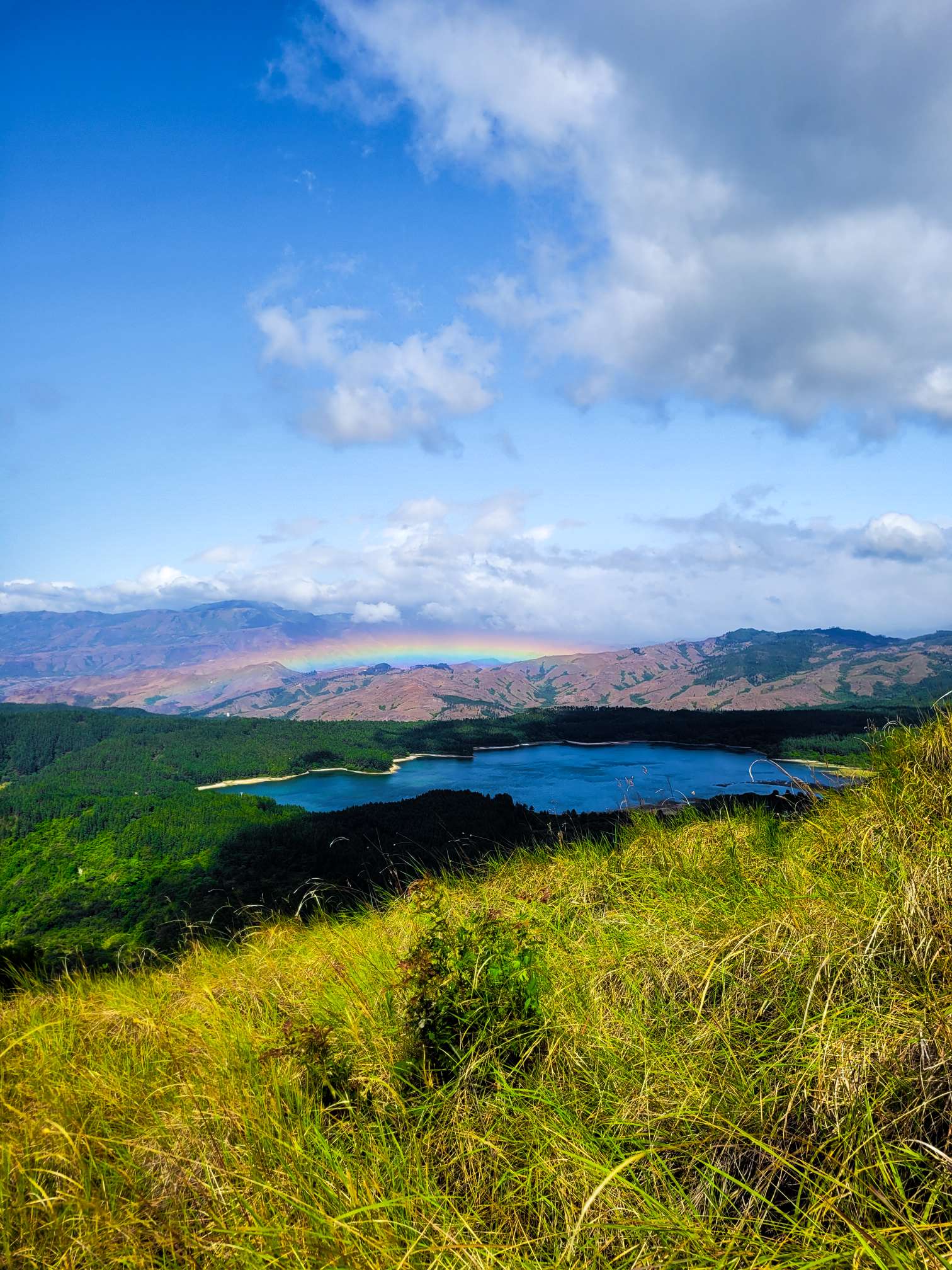
A Volcano Taking a Long Nap
The million dollar question is how deep is the sleep of this guardian of both seas. According to experts, there are two possible scenarios: the Baru is taking a long and peaceful nap or that it has fallen into a coma from which it is difficult to wake up. However, in the surroundings of the crater, small earthquakes usually occur, the vast majority imperceptible, which reveal some volcanic activity. For this reason, the experts indicate that the Baru Volcano “snores and snores a lot”. Although the word snoring impresses, scientists assure that there is no type of danger because eruptions are currently extremely predictable phenomena.
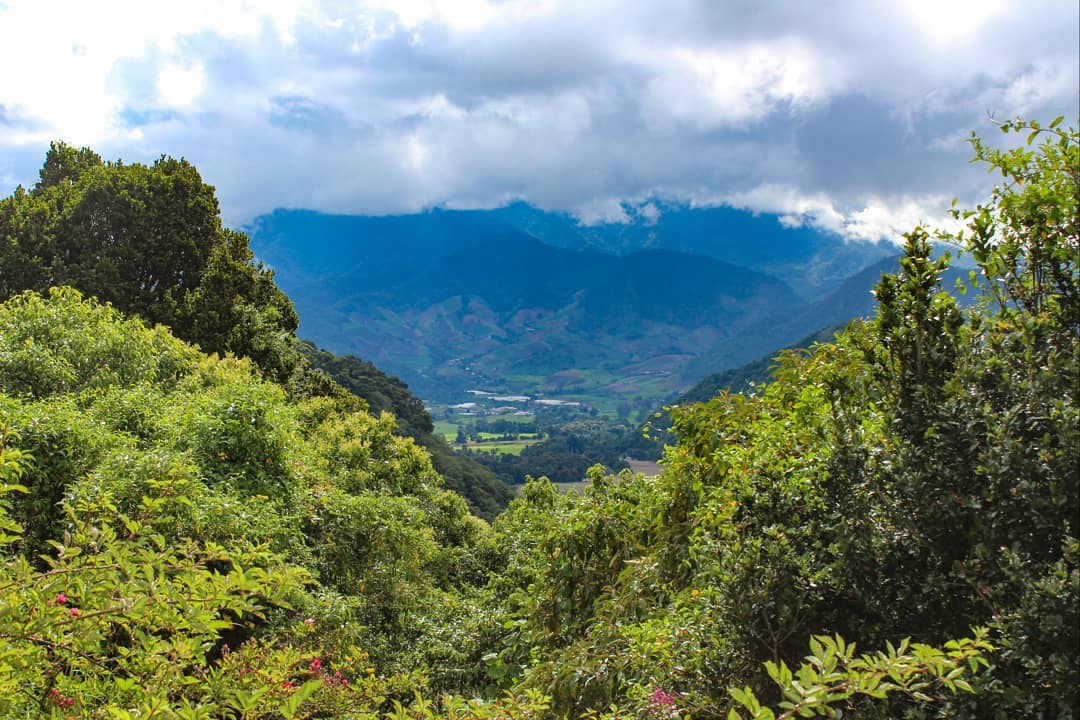
One of the Greatest Tourist Attractions of Chiriqui
In addition to being the subject of scientific studies from scientists from around the world, Baru has recently become one of the biggest tourist attractions in the western province of Chiriqui. More and more tourists visit Chiriqui to climb the volcano. During the firsts six months of 2023, 7,738 Visitors have gone up to the peak, being the month of January the most visited since there are fewer clouds and it is easier to observe the two seas.
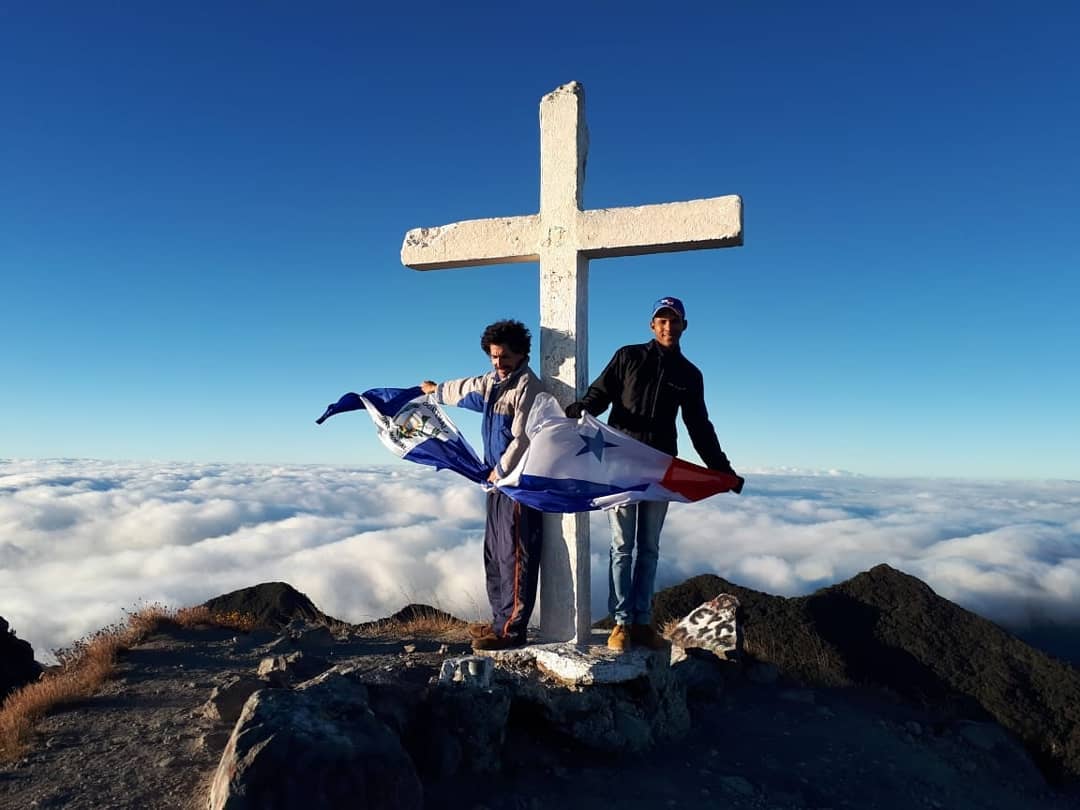
Routes to Ascend to the Top of the Volcano
There are two routes to ascend the volcano and, although one is much more difficult than the other, both are titanic feats that require physical fitness, planning and patience.
The most popular is the one that leaves from the picturesque Boquete (13 kilometers), a town surrounded by coffee and strawberry plantations. The second leaves from the town of Volcan (7.5 kilometers), it is suitable only for ultra-experienced climbers. Although, there is an easier route going with all terrain vehicles and takes way less time.


